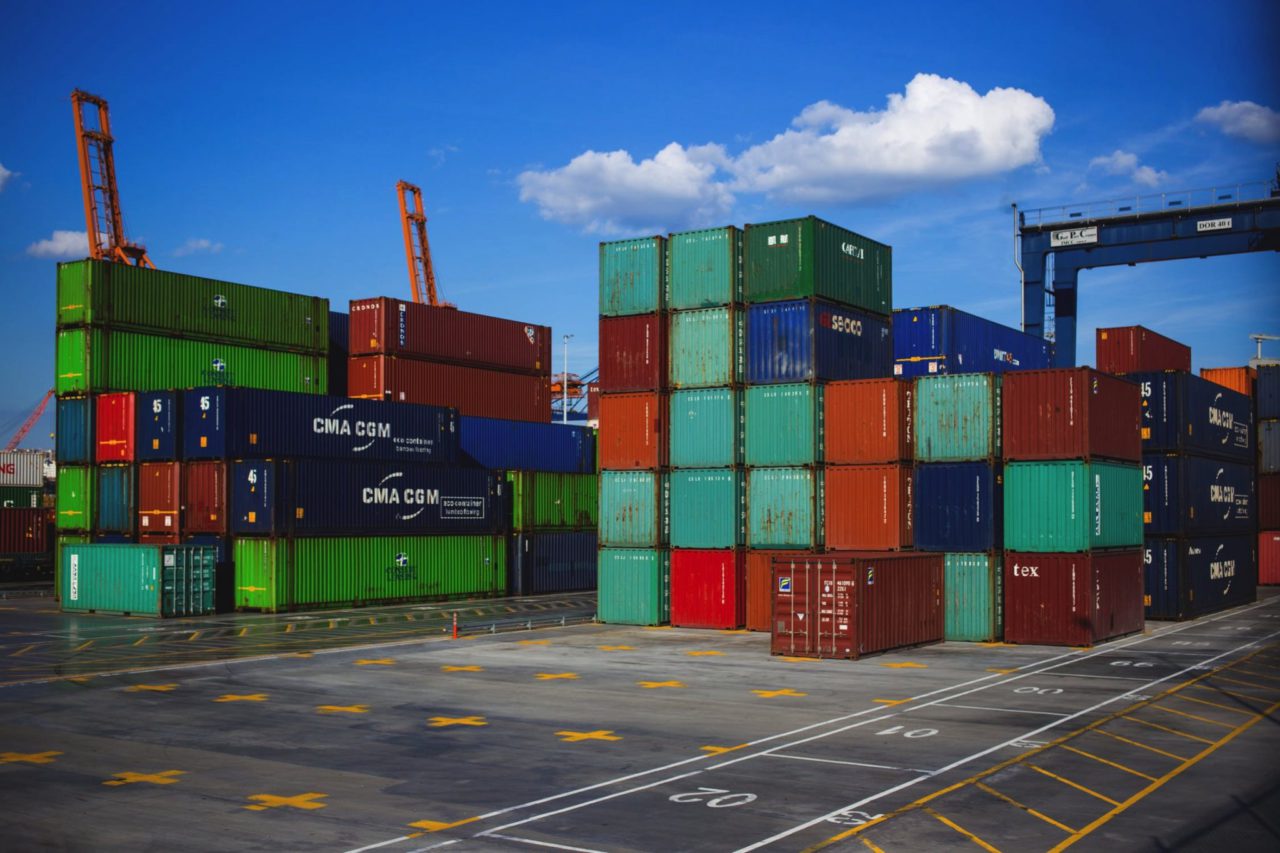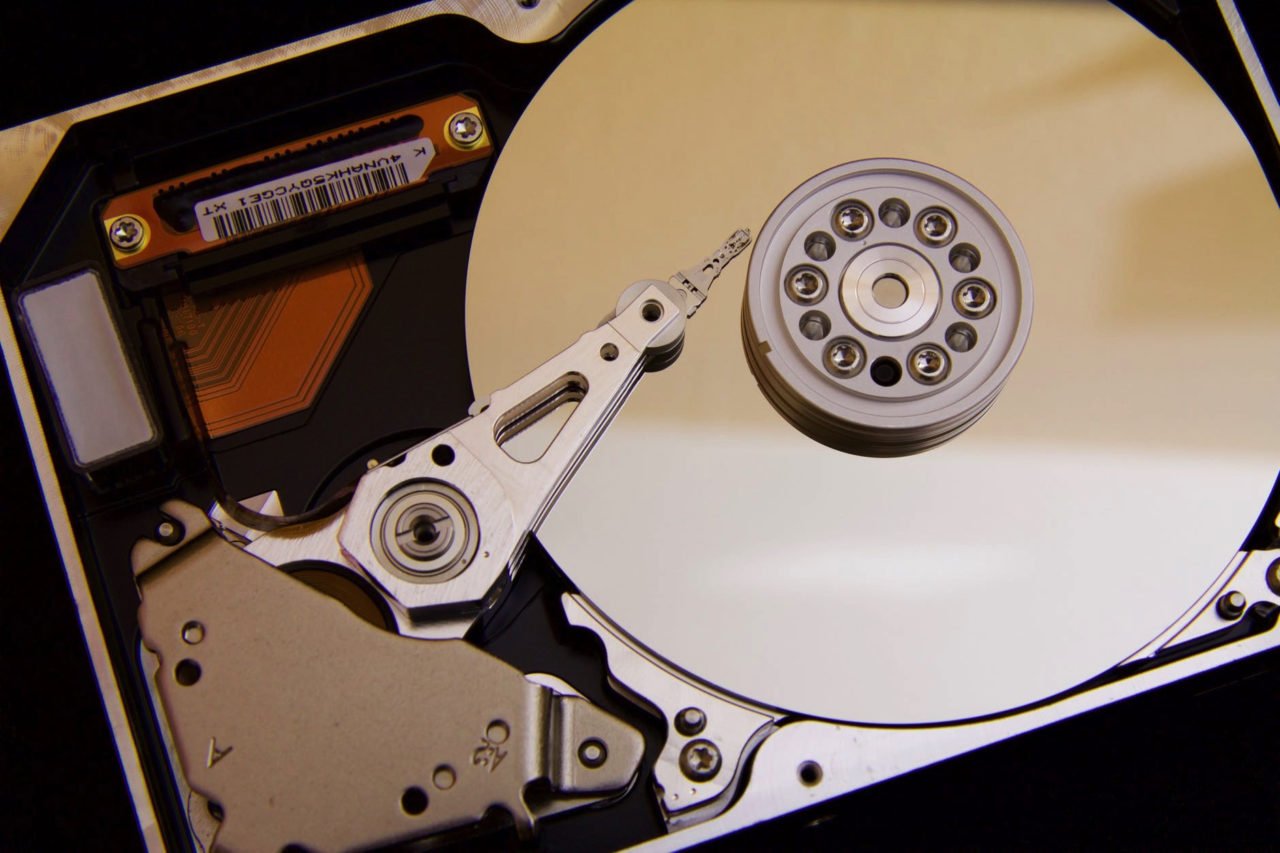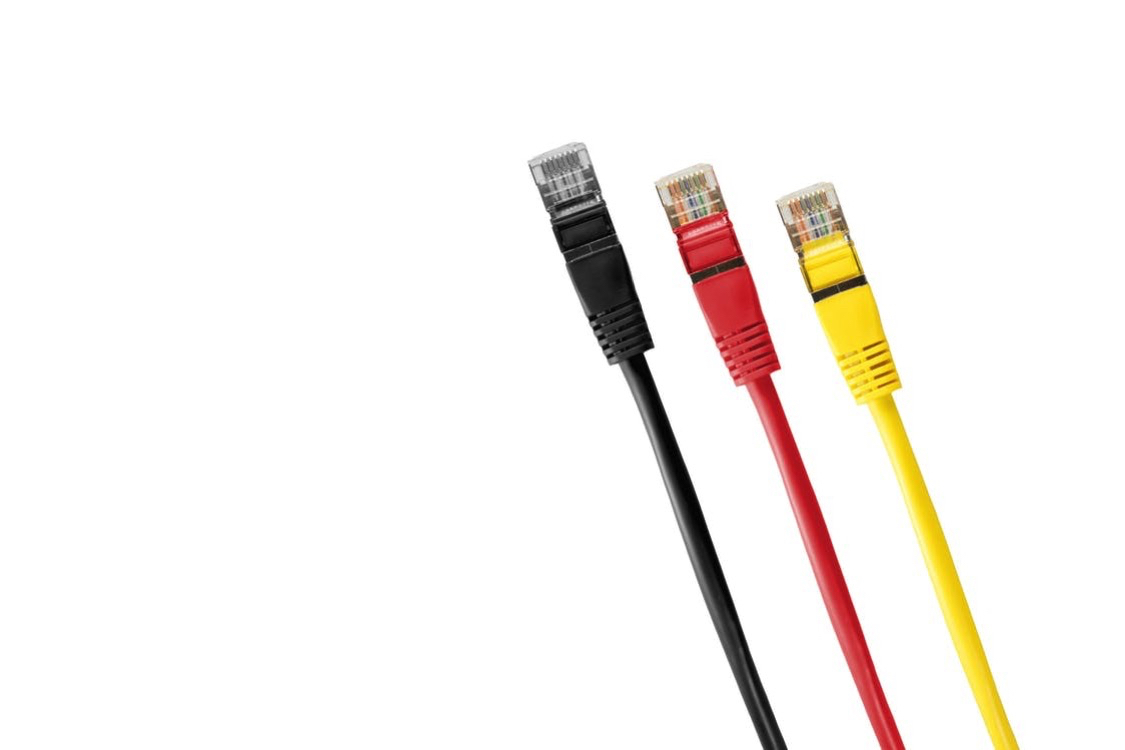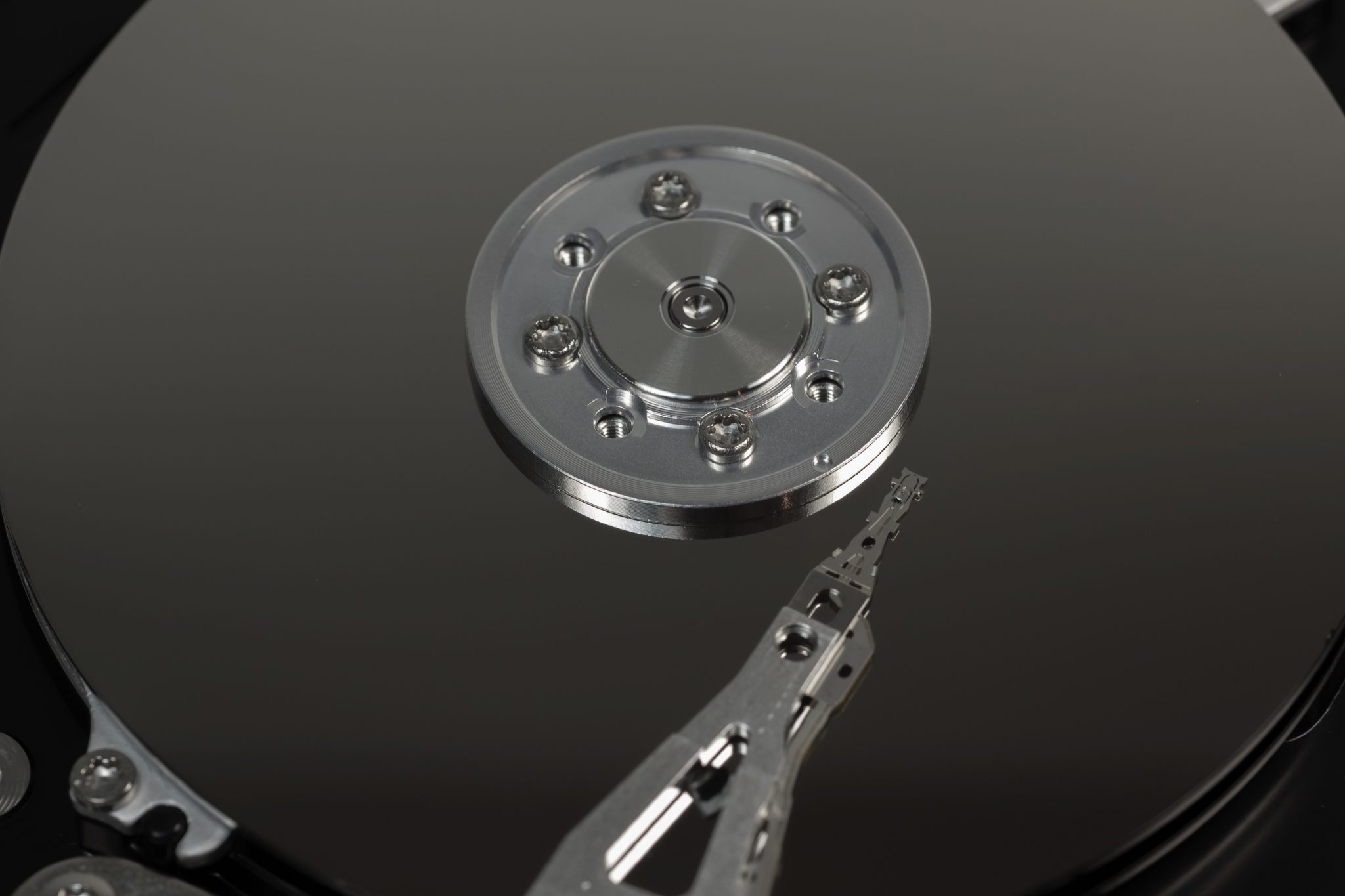
When considering your storage systems you will be faced with many choices covering a whole range of price ranges. In this chapter I will cover some of the differences and similarities between consumer grade and enterprise grade equipment. **Note this content was migrated from our old site. Some information may be a bit dated
In my examples, I will use a Netapp FAS 2040 as my model Enterprise system. It is the cheapest Netapp you can buy at this time, and it falls into the Enterprise class storage category.
I will use a Buffalo TeraStation III as an example of a consumer grade system.
I’m not saying there is anything wrong with the Buffalo System or that you can’t use it in your setup. I am using it as an example since it is about the biggest thing you can buy if you drive down to Fry’s Electronics and it is a good example of the best possible feature set I have seen for a storage system in that price range.
Support
This is one of the biggest differences between consumer grade equipment and enterprise equipment. Typically consumer equipment will come with very little support, and if it does come with support, it won’t be anything to write home about in most cases.
When you purchase equipment for your enterprise there is an expectation going in that you will have good support. If what you just purchased doesn’t have the support agreement spelled out in every detail, you may not have purchased enterprise class equipment.
I have not called Buffalo Support, so I cannot comment on their support specifically. However, when dealing with Support from Netapp I have found I can get someone on the phone with an urgent issue in less than 10 minutes in most cases. Even at 5 AM on a Sunday morning. When DIsks go bad, Netapp automatically opens a ticket and ships a replacement drive thanks to their auto supports. I am yet to see any consumer grade product match that level of support.
Quality
Everything these days is made in Taiwan, so you may not see that big of a difference in the quality of the components. Some of the components may be identical, but not all the components will. When you purchase consumer grade equipment the focus is typically on price. Home users typically are not willing to spend $100,000 on a storage system to store their family photos.
In the enterprise you typically care more about performance and reliability as opposed to just sheer storage capacity. That is why you end up spending so much more on an enterprise class system. You pay the extra money so you can be sure the vendor has not cut corners to hit a certain price point. You want to be sure you are buying the highest quality product you can get. Your storage system is one of the central points of your infrastructure. If your storage system is down, you can’t get to any of your data from anywhere.
Capacity/Scalability
If you drive down to the local electronics store and look around at what is on the shelf, you will notice NAS devices which you can simply plug into your network and start using. Right on the box you will see how much data it can hold and how many drives it can hold. The top end of these items you might see at the store will hold 4 drives, the bottom end will only hold one drive.
If you purchase 3 TB hard disks, that gives you a maximum capacity of 12 TB of storage in a RAID 0 or 9 TB of storage in a raid 5 on a consumer system. Depending on what you are doing, that may be all you need, even in smaller enterprises. But, what you run into is major performance bottle necks. And, your system is maxed out on day one, meaning you can’t add-on to it to improve performance or capacity.
An enterprise class system will typically come with 8-15 drives per shelf, sometimes you will see a system with 24 or 32 drives in a shelf. Not only that, you can usually buy expansion shelves for your system to add additional drives. If you purchase a Netapp FAS 2040, the smallest system Netapp sells at the time of this article, you can connect up to 136 drives. Compare that to the consumer grade system which maxes out at 4 drives and you start to see the limitations
Features
Consumer grade systems will typically come with a few options for the RAID you want to use, perhaps a few options for the storage protocols you want to use such as CIFS and NFS, perhaps even features like being able to grow arrays and volumes; but that is where the features stop in a consumer grade system in most cases.
When you start comparing the consumer grade systems to the Enterprise class ones you will find major differences in the feature set. The sort of features you may look for in an enterprise class system may include additional storage protocols such as iSCSI and Fiber Channel LUNS; Snapshots, Hardware Redundancy, Mirroring software, Data De-duplication, and some sort of Snapshot technology. This list is by no means comprehensive, but it is a good start.
HCL (Hardware Compatibility List)
When considering your storage system, it is best to stick to things on the Hardware Compatibility list (HCL); you can find VMWare’s list on their website. Sticking to this list will help prevent problems, since it demonstrates what VMWare has tested internally and you will know what to expect when you call support.
If you suspect storage problems with your virtualization; support may not be able to help you if your device is not on the list. If you lookup the Buffalo system on VMWare’s list you will see they support basic connectivity only. This means VMWare support will help you to get your virtual host machine to connect to the storage device, but after it is connected they won’t be able to help you with and performance problems.
If you look-up the FAS 2040 on the list you will see most features are supported on this storage appliance. I will post links to the Hardware Compatibility lists for several of the virtualization vendors in the resources section.
Cost
At this point you have seen there are a lot of differences between a consumer and enterprise system. Unfortunately those additional features don’t come without a cost. A consumer grade storage systems with four 2 TB SATA drives may cost you somewhere in the range of $800 – $1,200. a Netapp FAS 2040 with no expansion shelves will cost you somewhere around $64,000.
A consumer grade system running with four 2 TB drives running in a RAID 5 will give you 6 TB of space. A FAS 2040 with 14 drives in the head unit configured in a RAID 6 with one hot spare will give you 22 TB of space.
If you compare the cost per GB you are looking at $200/GB in the consumer system or $2,909/GB in the enterprise class system. 15 times the cost for the same number of Gigabytes can be a bit shocking. At this point you have to ask yourself how important are the other features I have gone over. If you are running a virtualization setup for a company of any size, you probably don’t want to go with the cheapest solution.
One thing to note on the price difference, with the Netapp system we are running a RAID 6 with one hot-spare, on the Buffalo system we are running a RAID 5. We can lose 3 disks on the Netapp system before we would lose any data. But, even if we eliminate the hot-spare and change our system over to a raid 4 (Similar to RAID 5) our cost per gigabyte is still around $2,400/GB
Building your own storage
In light of the lack of features and expandability from buying something like a Buffalo appliance, you may be asking yourself why don’t you just build your own storage appliance. As I have demonstrated in other sections, you can easily build your own storage system based on Open Filer. It will give you many of the features of the Netapp at a fraction of the cost.
But, what you lose out on is support. If you call your virtualization vendor they may not be able to help you with any storage issues you have, and any support you do get will have to be through the software vendor, which may be unpredictable depending on the method you used for building your own appliance. As the size of your system grows, support becomes exponentially more important.
OpenFiler does sell support, I have not used their support service, but even if they have the best support in the world, they won’t be able to help you with your hardware issues since they only sell the software. If you purchase a system from a traditional storage vendor such as HP, Dell, EMC, Netapp, etc… you will find your support contract covers everything.
Summary
In this article I have covered some of the differences in why you may want to consider going with a n enterprise class system vs a consumer grade storage system. I have also covered some of the reasons why you may not want to build your own storage system.
Depending on your technical abilities, time constraints and system SLA requirements you may be ok with building your own storage system; and there is not necessarily anything wrong with that. However, it is important that you realize before embarking on that endeavor that there are some downsides to taking the cheaper route.


